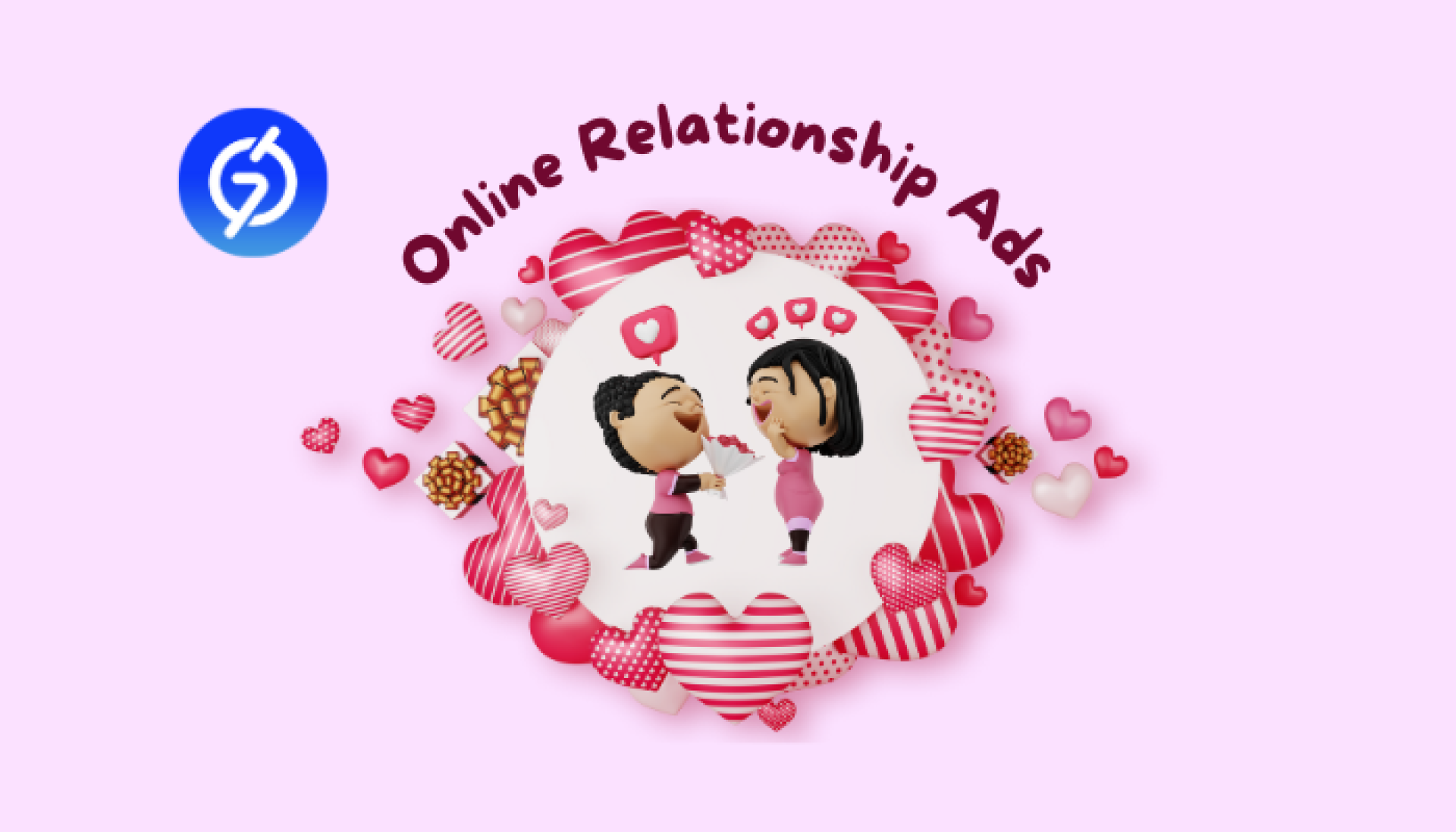How Digital Matchmaking Advertising Shapes User Engagement

In today’s fast-changing digital world, brands are realizing that getting a click is only half the job. The real challenge is keeping people interested long enough to form a connection. That’s where matchmaking ads stand out. Unlike traditional banner placements or quick promotions, they are designed to connect users with something meaningful — whether that’s a dating service, a community, or even a personalized product recommendation.
When people feel the ad is “made for them,” their engagement rate goes up, and in the online space, engagement is the ultimate currency.
Too many ads, too little relevance
The average internet user today is exposed to thousands of ads daily. Yet, most of them are ignored because they feel generic or disruptive. Users don’t want to waste time with irrelevant pitches; they crave experiences that match their intent.
For dating platforms and lifestyle services, this issue is even sharper. If ads don’t match personal interests, people move on. That’s why many advertisers are shifting budgets toward online matchmaking ads — they promise not just visibility but relevance.
A closer look at how matchmaking ads shape engagement
Data-driven personalization
Matchmaking advertising uses behavioral data, demographics, and intent signals to ensure the right message reaches the right audience. Instead of showing the same ad to everyone, platforms adjust content dynamically, making it more appealing.
Storytelling formats
Unlike blunt offers, matchmaking adverts often carry a narrative. They spark curiosity, offer a relatable scenario, and gently lead the user toward interaction. This keeps attention for longer.
Community-driven feel
These ads don’t just sell; they invite. By aligning with emotions — like belonging, connection, or trust — they motivate users to engage, share, or explore further.
What advertisers often overlook
Many advertisers think of engagement only as likes or shares. In reality, engagement is about depth: time spent, meaningful actions, and the chance to continue the conversation. Matchmaking ads excel here because they are less about shouting and more about connecting.
For example, a dating brand can use matchmaking advertising to highlight compatibility quizzes or personality-driven suggestions instead of generic “sign up now” banners. Users lean in because it feels relevant.
Test before scaling
Not every campaign will click on the first attempt. The best approach is to experiment, refine, and scale what works. Advertisers can start small, track user responses, and adjust targeting or creative elements. Platforms like PPC ad networks make it easier to create a test campaign before committing larger budgets.
Online Matchmaking Ads in modern marketing
The shift toward online matchmaking ads isn’t just about dating. Other industries — from travel to fitness — are also borrowing the concept. The principle is simple: when ads are built around personal connection, engagement improves across the board.
Why matchmaking adverts keep growing in popularity
- Higher retention: People return when they feel understood.
- Better ROI: Ads that engage naturally convert better.
- Brand trust: Audiences are more likely to trust brands that respect their preferences.
In other words, matchmaking ads are not just about impressions. They’re about creating lasting digital relationships.
Final thoughts
In the noisy world of online promotion, digital matchmaking advertising has found a way to cut through. It doesn’t rely on being louder; it relies on being smarter. By matching relevance with timing, these ads not only catch attention but also hold it.
For advertisers ready to step into this space, the opportunity lies in experimenting, refining, and scaling thoughtfully. Engagement today isn’t built on interruption — it’s built on connection.


